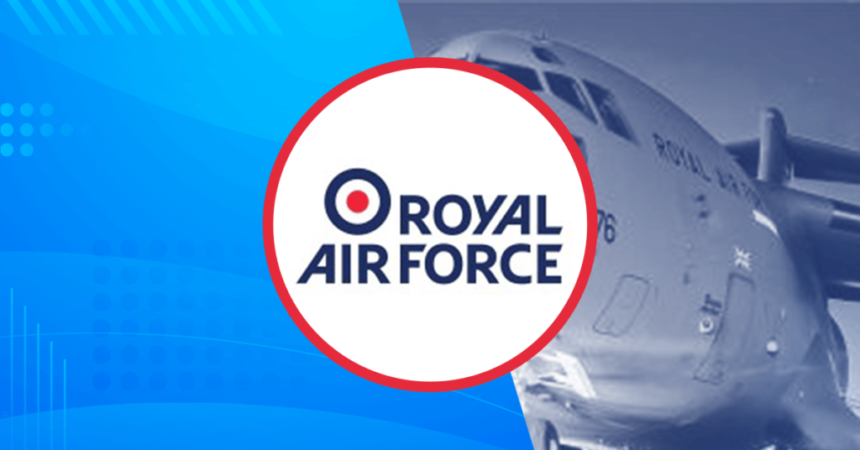The U.K. Royal Air Force has released a new strategy aiming to speed up the adoption of disposable, attritable and survivable autonomous collaborative platforms.
One goal of the RAF Autonomous Collaborative Platforms strategy is to integrate the three ACP tiers into the service’s force structure by 2030 and deploy them along with crewed platforms as part of a national or coalition force.
According to an Aviation Week Network report, the RAF has already developed Tier 1 disposable drones for intelligence, surveillance and reconnaissance and electronic warfare, with plans to begin operating the systems by early 2025.
British commanders are now recommending the development of Tier 2 attritable systems for frontline air fleet support. At the recent Royal United Service Institute’s Combat Air Conference, Air Chief Marshall Richard Knighton, chief of staff of the RAF, noted that before introducing Tier 2 systems, the service should consider issues related to production, supply chains and ACP operations. He also highlighted the need to employ system integrators onshore to rapidly adopt ACPs.
A 23-page document outlining the strategy described drones as essential capabilities in case of a conflict similar to the Ukraine-Russia war or malign actors using artificial intelligence-enabled aerial systems for violence. It noted that the ACPs will bring battle-winning capability amid increasing geopolitical tensions.
“As we look to the future, it is clear that Autonomous Collaborative Platforms will play an important part in enhancing the mass, lethality and survivability of our combat air forces,” Knighton said.


